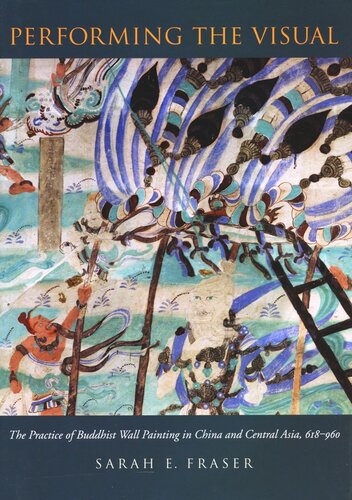

Most ebook files are in PDF format, so you can easily read them using various software such as Foxit Reader or directly on the Google Chrome browser.
Some ebook files are released by publishers in other formats such as .awz, .mobi, .epub, .fb2, etc. You may need to install specific software to read these formats on mobile/PC, such as Calibre.
Please read the tutorial at this link: https://ebookbell.com/faq
We offer FREE conversion to the popular formats you request; however, this may take some time. Therefore, right after payment, please email us, and we will try to provide the service as quickly as possible.
For some exceptional file formats or broken links (if any), please refrain from opening any disputes. Instead, email us first, and we will try to assist within a maximum of 6 hours.
EbookBell Team

5.0
68 reviewsPerforming the Visual explores the practice of wall painting in China from a new perspective. Relying on rare, virtually unpublished drawings on Buddhist themes from a long-hidden medieval library in western China, the author analyzes the painters' pictorial strategies. She also examines the financial accounting of Buddhist temples, providing practical information that ninth- and tenth-century critics ignored: how artists were paid and when, the temple's role as mediator between patrons and artists, and the way painters functioned outside the monastic system, working in guilds and secular academies affiliated with local government. Based on the careful study of hundreds of inaccessible wall paintings at Dunhuang, arguably Asia's largest and most important Buddhist site, the author shows that although critics celebrated spontaneous feats with brush and ink, artists at Dunhuang were heavily dependent on concrete tools such as sketches in the preparation of wall painting.